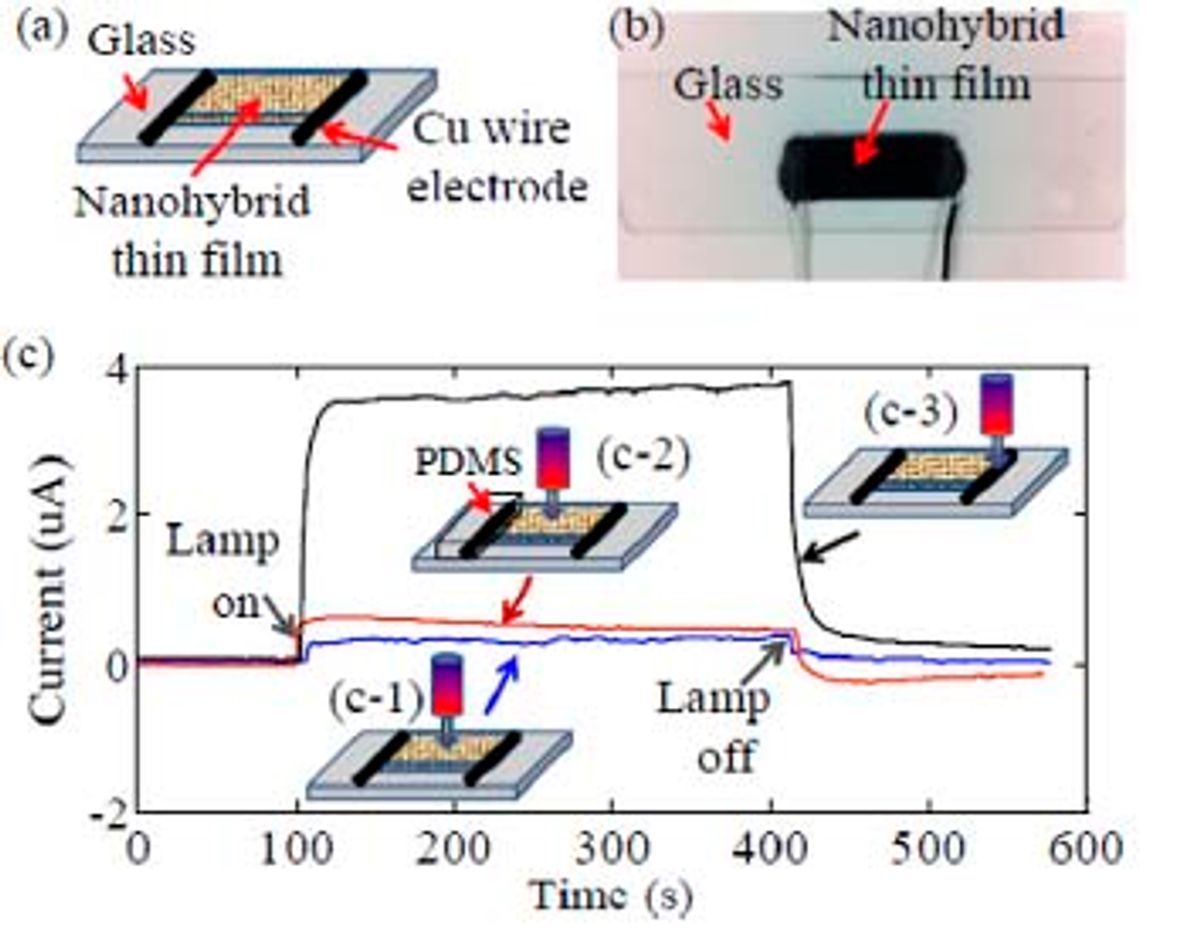Nanomaterials are becoming an attractive proposition for realizing the hopes of future thermoelectric devices, which would derive power just from differences in temperature. And, of course, the future of photovoltaics is increasingly dependent on developments in nanomaterials.
What nanomaterials haven’t been used for to date is to combine thermoelectrics with photovoltaics. But now in joint research between Louisiana Tech University and the University of Texas at Arlington that combination has been achieved. The joint research team developed a new hybrid nanomaterial that combines single-walled carbon nanotubes (SWNTs) with copper sulfide (CuS) nanoparticles and is capable of converting both light and thermal radiation into electricity.
Louisiana Tech University assistant professor Long Que along with UT Arlington associate physics professor Wei Chen took that knowledge one step further by combining the SWNTs with CuS nanoparticles and getting an 80 percent increase in light absorption with the hybrid material versus the pure SWNTs.
In devices that the researchers made from the hybrid material, they measured a clear optical and thermal switching effect. The researchers further discovered that this switching effect could be enhanced by a factor of 10 by using asymmetric illumination in which a polydimethylsiloxane (PDMS) slab covers one of the electrodes so the light source illuminates one of the electrode regions and the other is covered. The difference in temperature between the illuminated electrode and the one in the PDMS shadow creates a thermoelectric effect that increases the electricity generated by the light.
The research team were able to use the material to create a thermoelectric generator that they believe will be able to generate milliwatts of power. If these nanogenerators could be used in chips it could lead to a range of self-powered devices, according to the researchers.
“If we can convert both light and heat to electricity, the potential is huge for energy production,” Chen says in a press release. “By increasing the number of the micro-devices on a chip, this technology might offer a new and efficient platform to complement or even replace current solar cell technology.”
Dexter Johnson is a contributing editor at IEEE Spectrum, with a focus on nanotechnology.




